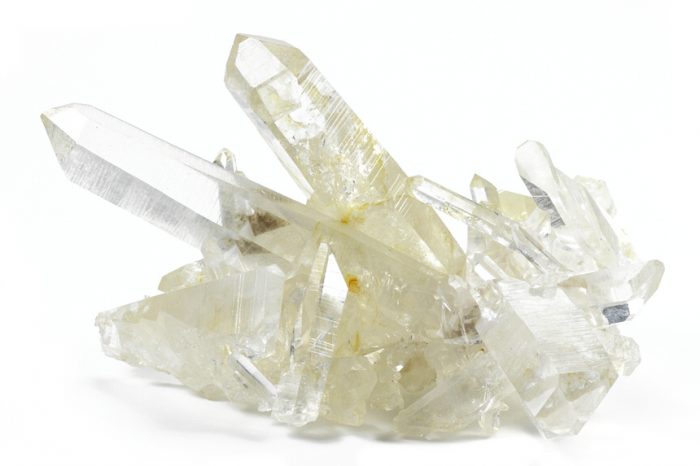- Blog
- New Page
- Download Lakshay Ko Haar Haal Song
- Hot Shot Basketball Fire Sub Indo
- Hp Wireless Keyboard Kg-0981 Manual: Software Free Download
- Herramienta Recortes Windows Vista Descargar
- Pes Smoke Patch V0.2 Pes 2014
- Torrent Nuovo Cinema Paradiso Trumpet
- Asterisk Password Decryptor Crackers
- Which Of The Following Crystals Would Be The Softest
- Convert 2g To 3g Speed Software
- Download Video Tutorial Seni Tunggal Ipsi Jurus Toya
- Pocket Frogs For Pc
- Virtualfem 3.0
- Retro Arena Top 100 Cd Download
- Endnote X9 Product Key
- Zbrush Zsphere Human
- Acer K272hul Driver For Mac
- Silver Game Patch Windows 7
- Ullam Kollai Poguthada Serial 275
- Download Naruto Episode 163 Sub Indonesia
- Optimik Free Download 2009
- Jaf Setup 1.98 64
- Aja Mahi Mere Aja Mahi Mp3song
- Release Me Mp3 Free Download
- Stigma Of Gaia Java
- Fc N1996 Drivers
| Home | AmMin | GMR | RiMG | Collectors Corner | Directory | Short Courses |
MOHS' SCALE OF HARDNESS |
| Mineral | Hardness | |
| Diamond | 10 | Zaire 1 cm. 14 carats |
| Corundum | 9 | variety ruby, India 6 cm. |
| Topaz | 8 | Mursinsk, Russia, 5cm across Seaman Museum specimen |
| Quartz | 7 | variety amethyst, Guerro, Mexico 16 cm. |
| Orthoclase | 6 | Orthoclase (white) on quartz, Baveno, Italy Orthoclase crystal is 3 cm tall. Seaman museum specimen. |
| Apatite | 5 | Durango, Mexico. Crystal is 7.5 cm. tall. Seaman museum specimen. |
| Fluorite | 4 | Elmwood mine, Tennessee 2.5 cm. (note phantom) |
| Calcite | 3 | Elmwood Mine, Tennessee 8 cm. (twinned) |
| Gypsum | 2 | Wyoming 12 cm. Note 'fishtail' twin on left |
| Talc | 1 | Rope's Gold Mine, Michigan (green) 4 cm. across talc mass |

Niagara Falls, New York
Crystalline solids are a three dimensional collection of individual atoms, ions, or whole molecules organized in repeating patterns. These atoms, ions, or molecules are called lattice points and are typically visualized as round spheres. The two dimensional layers of a solid are created by packing the lattice point “spheres” into square or closed packed arrays. (See Below).
Figure 1: Two possible arrangements for identical atoms in a 2-D structure
Stacking the two dimensional layers on top of each other creates a three dimensional lattice point arrangement represented by a unit cell. A unit cell is the smallest collectionof lattice points that can be repeated to create the crystalline solid. The solid can be envisioned as the result of the stacking a great number of unit cells together. The unit cell of a solid is determined by the type of layer (square or close packed), the way each successive layer is placed on the layer below, and the coordination number for each lattice point (the number of “spheres” touching the “sphere” of interest.)

Primitive (Simple) Cubic Structure
Placing a second square array layer directly over a first square array layer forms a 'simple cubic' structure. The simple “cube” appearance of the resulting unit cell (Figure 3a) is the basis for the name of this three dimensional structure. This packing arrangement is often symbolized as 'AA...', the letters refer to the repeating order of the layers, starting with the bottom layer. The coordination number of each lattice point is six. This becomes apparent when inspecting part of an adjacent unit cell (Figure 3b). The unit cell in Figure 3a appears to contain eight corner spheres, however, the total number of spheres within the unit cell is 1 (only 1/8th of each sphere is actually inside the unit cell). The remaining 7/8ths of each corner sphere resides in 7 adjacent unit cells.
The considerable space shown between the spheres in Figures 3b is misleading: lattice points in solids touch as shown in Figure 3c. For example, the distance between the centers of two adjacent metal atoms is equal to the sum of their radii. Refer again to Figure 3b and imagine the adjacent atoms are touching. The edge of the unit cell is then equal to 2r (where r = radius of the atom or ion) and the value of the face diagonal as a function of r can be found by applying Pythagorean’s theorem (a2 + b2 = c2) to the right triangle created by two edges and a face diagonal (Figure 4a). Reapplication of the theorem to another right triangle created by an edge, a face diagonal, and the body diagonal allows for the determination of the body diagonal as a function of r (Figure 4b).
Few metals adopt the simple cubic structure because of inefficient use of space. The density of a crystalline solid is related to its 'percent packing efficiency'. The packing efficiency of a simple cubic structure is only about 52%. (48% is empty space!)
Body Centered Cubic (bcc) Structure
A more efficiently packed cubic structure is the 'body-centered cubic' (bcc). The first layer of a square array is expanded slightly in all directions. Then, the second layer is shifted so its spheres nestle in the spaces of the first layer (Figures 5a, b). This repeating order of the layers is often symbolized as 'ABA...'. Like Figure 3b, the considerable space shown between the spheres in Figure 5b is misleading: spheres are closely packed in bcc solids and touch along the body diagonal. The packing efficiency of the bcc structure is about 68%. The coordination number for an atom in the bcc structure is eight. How many total atoms are there in the unit cell for a bcc structure? Draw a diagonal line connecting the three atoms marked with an 'x' in Figure 5b. Assuming the atoms marked 'x' are the same size, tightly packed and touching, what is the value of this body diagonal as a function of r, the radius? Find the edge and volume of the cell as a function of r.
